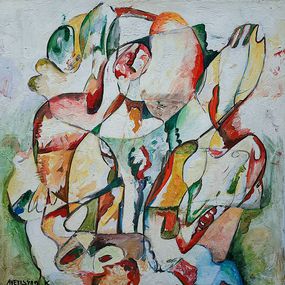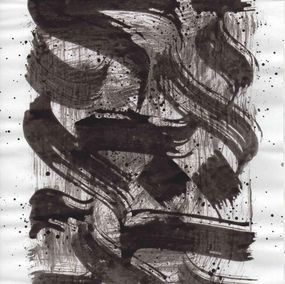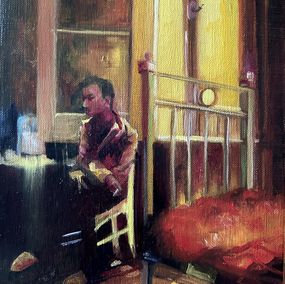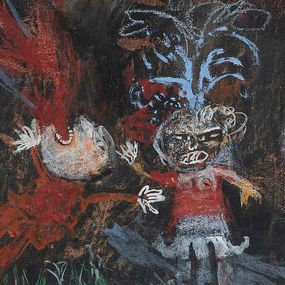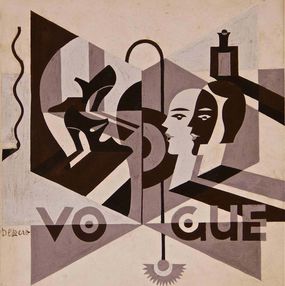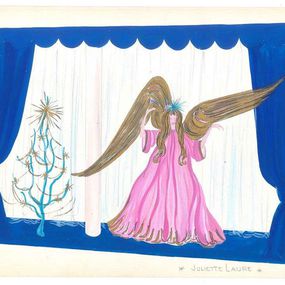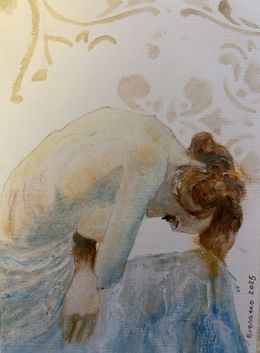
Tempera Painting for Sale
Artists today have access to different types of paint, but is it really important to know which one they are using? Absolutely! Indeed, depending on the desired effect or the support used, the type of paint makes all the difference.
Tempera paint, an ancient artistic medium, has a fine, creamy, and opaque consistency, giving it a matte finish once dry. Although ephemeral, tempera can be difficult to remove, making it a unique choice for durable artworks. Professional artists often use tempera on paper-based supports, such as ordinary paper, cardboard, display boards, or canvas.
Tempera paint is particularly appreciated for its unique characteristics, such as its creamy texture and matte effect, which provides a distinctive finish to painted artworks and canvases. Artists often choose tempera for its opaque properties and specific finish, ideal for meticulous creations and artistic compositions.
Whether you are a beginner or a professional artist, understanding the differences between paint types and knowing how to use tempera can transform your works and add a new dimension to your creative process.
Save your search and find it in your favorites
Save your search to find it quickly
Saved search
Your search is accessible from the favorites tab > My favorite searches
Unsaved search
A problem occurred

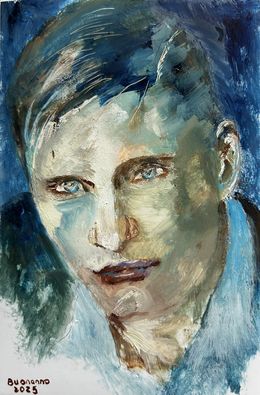
Someone that I used to know
Lisbeth Buonanno
Painting - 13 x 10 x 0.1 cm Painting - 5.1 x 3.9 x 0 inch
$358
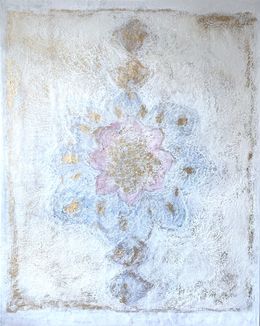
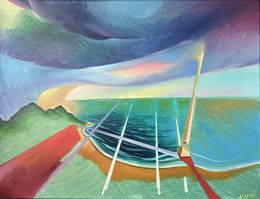
From Turkey to Georgia
Gela Keidia
Painting - 70 x 90 x 3.5 cm Painting - 27.6 x 35.4 x 1.4 inch
$3,576
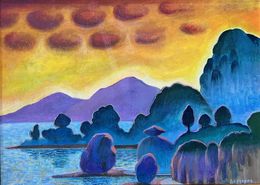
From Turkey to Georgia
Gela Keidia
Painting - 50 x 70 x 3 cm Painting - 19.7 x 27.6 x 1.2 inch
$3,576



L'auto-stoppeur
Gérard Willemenot
Painting - 30 x 43 x 1 cm Painting - 11.8 x 16.9 x 0.4 inch
$8,106

Les oiseaux du Loch
Gérard Willemenot
Painting - 56 x 42 x 1 cm Painting - 22 x 16.5 x 0.4 inch
$14,306

E la Nave Va sans toi
Lisbeth Buonanno
Painting - 89 x 146 x 2 cm Painting - 35 x 57.5 x 0.8 inch
$5,722

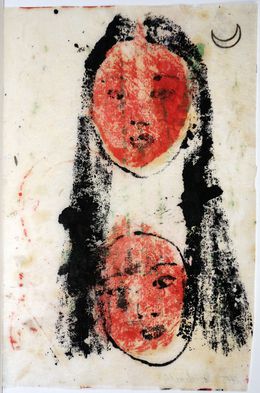
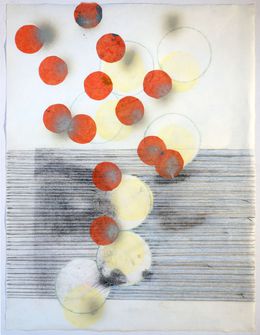
Ohne Titel (Traum)
Ulrike Michaelis
Painting - 63.4 x 48.8 x 0.2 cm Painting - 25 x 19.2 x 0.1 inch
$1,788

Sharm El Sheikh.
Oleksandr Khrapachov
Painting - 55 x 80 x 2 cm Painting - 21.7 x 31.5 x 0.8 inch
$1,500
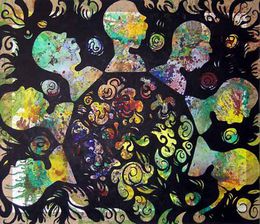

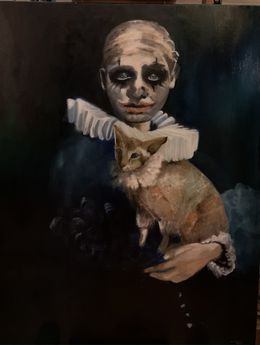

Les apparences trompeuses
Lisbeth Buonanno
Painting - 116 x 89 x 2 cm Painting - 45.7 x 35 x 0.8 inch
$4,769
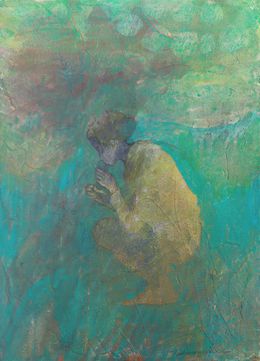

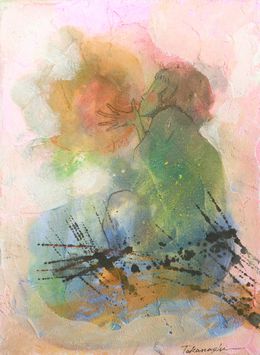
Waiting For Spring
Miyuki Takanashi
Painting - 33.4 x 24.3 x 3 cm Painting - 13.1 x 9.6 x 1.2 inch
$536
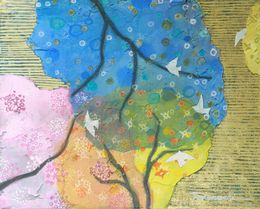
Forest Telling Spring
Miyuki Takanashi
Painting - 22 x 27.3 x 3 cm Painting - 8.7 x 10.7 x 1.2 inch
$417
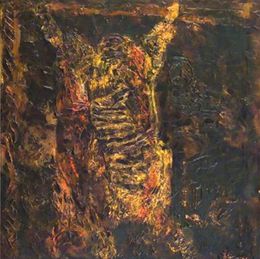
Ecce Homo, mémoire de Rembrandt
Gérard Ricard
Painting - 150 x 150 x 2 cm Painting - 59.1 x 59.1 x 0.8 inch
$5,007
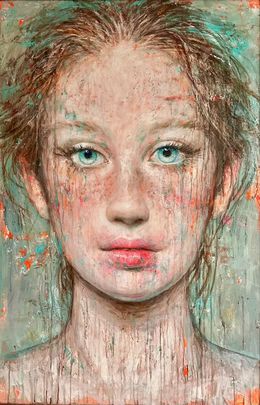

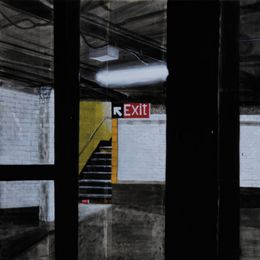
Matrix
Guillaume Chansarel (Guiyome)
Painting - 100 x 100 x 3 cm Painting - 39.4 x 39.4 x 1.2 inch
$5,961
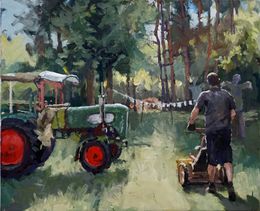
Groß Dölln, Boris mäht
Frank Suplie
Painting - 50 x 60 x 4 cm Painting - 19.7 x 23.6 x 1.6 inch
$5,365

Autoportrait aviaire
Hatem Akrout
Painting - 120 x 80 x 1 cm Painting - 47.2 x 31.5 x 0.4 inch
$2,384



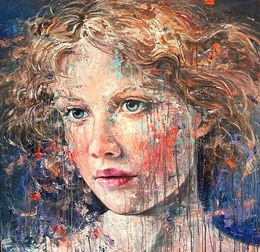
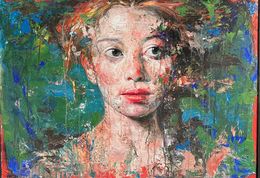




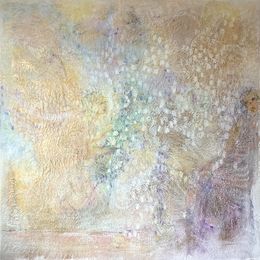
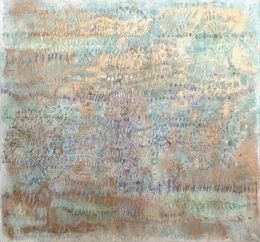

J'ai horreur du pic-nic, on est toujours mal assis
Hatem Akrout
Painting - 184 x 137 x 1 cm Painting - 72.4 x 53.9 x 0.4 inch
$10,252

Ixobrychus minutus I
Lyuben Domozetski
Painting - 12 x 16 x 3.5 cm Painting - 4.7 x 6.3 x 1.4 inch
$572

Scarce Swallowtail (Iphiclides podaliricus)
Lyuben Domozetski
Painting - 29.7 x 21 x 0.1 cm Painting - 11.7 x 8.3 x 0 inch
$525

Fous de Bassan dans les vagues
Hélène Legrand
Painting - 92 x 73 x 2 cm Painting - 36.2 x 28.7 x 0.8 inch
$4,769
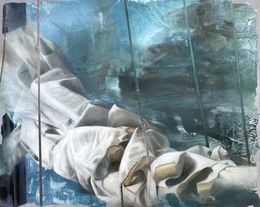
Replis, entre passé et présent
Hélène Legrand
Painting - 81 x 100 x 3 cm Painting - 31.9 x 39.4 x 1.2 inch
$5,722

Cormorans dans leur nid de branches sèches
Hélène Legrand
Painting - 50 x 100 x 3 cm Painting - 19.7 x 39.4 x 1.2 inch
$4,292
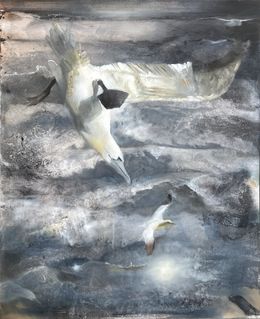







Matrix. Motion 12.2
Eduard Churkin
Painting - 90 x 139 x 4 cm Painting - 35.4 x 54.7 x 1.6 inch
$13,590
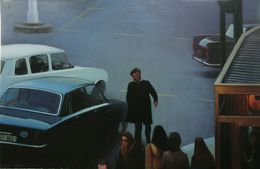

Berlin Spreeblick, Oberbaumbrücke
Frank Suplie
Painting - 110 x 135 x 4 cm Painting - 43.3 x 53.1 x 1.6 inch
$18,120
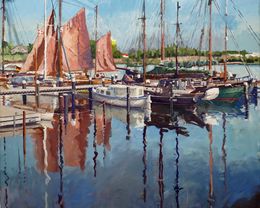
Museumshafen, Kappeln
Frank Suplie
Painting - 110 x 135 x 4 cm Painting - 43.3 x 53.1 x 1.6 inch
$18,120

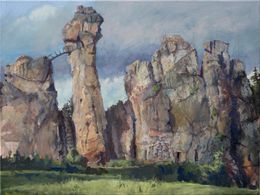
Externsteine, Vormittags
Frank Suplie
Painting - 60 x 80 x 3 cm Painting - 23.6 x 31.5 x 1.2 inch
$7,391
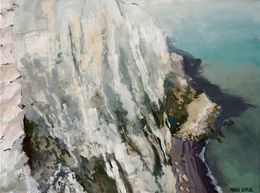
Dover, Nationalpark, Fanbay im Nebel
Frank Suplie
Painting - 60 x 80 x 3 cm Painting - 23.6 x 31.5 x 1.2 inch
$6,557

Hamburg, Elbphilharmonie, Wellengang
Frank Suplie
Painting - 110 x 135 x 4 cm Painting - 43.3 x 53.1 x 1.6 inch
$18,120
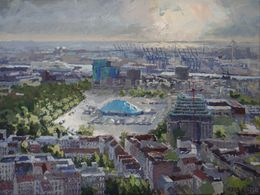
Blick Vom Hamburger Fernsehturm, Heiligengeistplatz
Frank Suplie
Painting - 60 x 80 x 3 cm Painting - 23.6 x 31.5 x 1.2 inch
$7,320

Falaise d'Aval, Morgens, Etretat
Frank Suplie
Painting - 100 x 135 x 4 cm Painting - 39.4 x 53.1 x 1.6 inch
$15,562
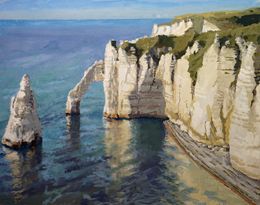
Falaise d'aval, Blick vom Falaise la Manneporte
Frank Suplie
Painting - 80 x 100 x 4 cm Painting - 31.5 x 39.4 x 1.6 inch
$7,630
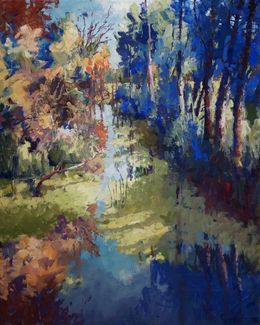
Döllnfließ, Brückenblick
Frank Suplie
Painting - 120 x 100 x 4 cm Painting - 47.2 x 39.4 x 1.6 inch
$16,165
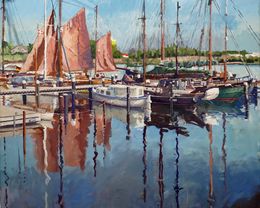
Museumshafen, Kappeln
Frank Suplie
Painting - 110 x 135 x 3 cm Painting - 43.3 x 53.1 x 1.2 inch
$18,085
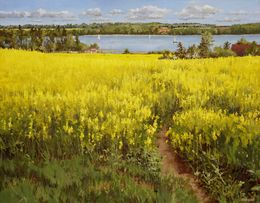
Großes Rapsbild, Ratzeburger See
Frank Suplie
Painting - 185 x 235 x 5 cm Painting - 72.8 x 92.5 x 2 inch
$38,148

Lüneburg, am Stintmarkt
Frank Suplie
Painting - 100 x 80 x 4 cm Painting - 39.4 x 31.5 x 1.6 inch
$7,630
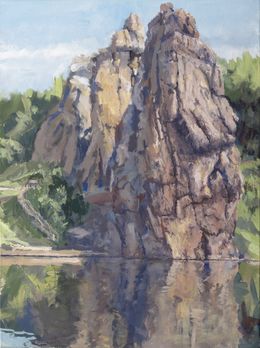
Externsteine, Nachmittags
Frank Suplie
Painting - 80 x 60 x 3 cm Painting - 31.5 x 23.6 x 1.2 inch
$6,557
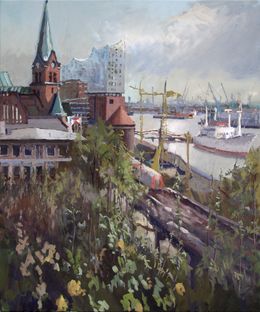
Stinfangblick, Hamburg
Frank Suplie
Painting - 120 x 100 x 4 cm Painting - 47.2 x 39.4 x 1.6 inch
$16,165

Hamburger Speicherstadt, Schlösschen
Frank Suplie
Painting - 100 x 80 x 4 cm Painting - 39.4 x 31.5 x 1.6 inch
$7,630

Wacholderwald und Heide, Schmarbeck
Frank Suplie
Painting - 120 x 150 x 4 cm Painting - 47.2 x 59.1 x 1.6 inch
$21,697
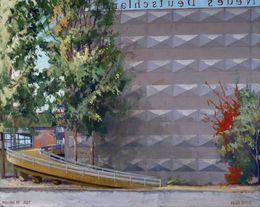
Berlin, Neues Deutschland
Frank Suplie
Painting - 120 x 150 x 4 cm Painting - 47.2 x 59.1 x 1.6 inch
$20,207

Empire
Guillaume Chansarel (Guiyome)
Painting - 200 x 200 x 4 cm Painting - 78.7 x 78.7 x 1.6 inch
$11,921

S. Grover Cleveland 1885
Guillaume Chansarel (Guiyome)
Painting - 90 x 130 x 3 cm Painting - 35.4 x 51.2 x 1.2 inch
$6,557
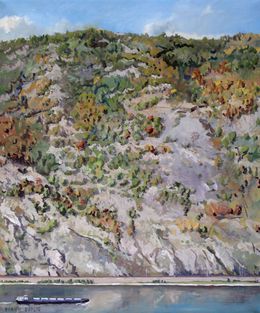
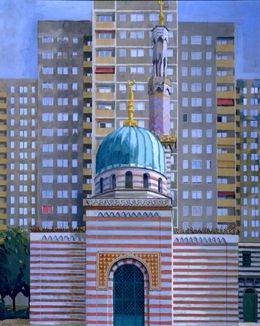
Potsdam, Dampfmaschinenhaus (Moschee)
Frank Suplie
Painting - 150 x 120 x 4 cm Painting - 59.1 x 47.2 x 1.6 inch
$25,035

Berlin, alte Botschaft, Macht und Tod
Frank Suplie
Painting - 120 x 150 x 4 cm Painting - 47.2 x 59.1 x 1.6 inch
$23,843
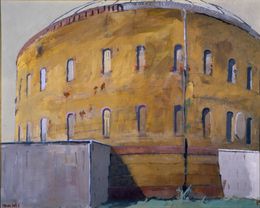
Berlin, Fichtebunker
Frank Suplie
Painting - 120 x 150 x 4 cm Painting - 47.2 x 59.1 x 1.6 inch
$23,843

Uckermark, Eissee, Diesig
Frank Suplie
Painting - 120 x 150 x 4 cm Painting - 47.2 x 59.1 x 1.6 inch
$24,200

Groß Dölln, Ehemalige Russenstadt, Solarfeld
Frank Suplie
Painting - 50 x 60 x 4 cm Painting - 19.7 x 23.6 x 1.6 inch
$6,437

Ostholstein, Gut Sierhagen Steinbach
Frank Suplie
Painting - 135 x 110 x 4 cm Painting - 53.1 x 43.3 x 1.6 inch
$21,339
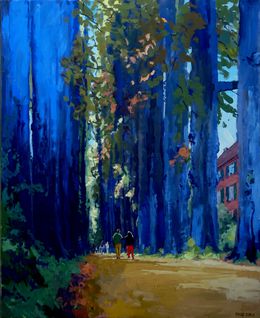
Eutin - Ostholstein, Schlossallee
Frank Suplie
Painting - 135 x 110 x 4 cm Painting - 53.1 x 43.3 x 1.6 inch
$21,339
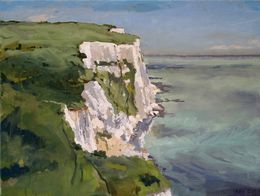
Dover, Nationalpark, Langdon Hole
Frank Suplie
Painting - 60 x 80 x 4 cm Painting - 23.6 x 31.5 x 1.6 inch
$7,749
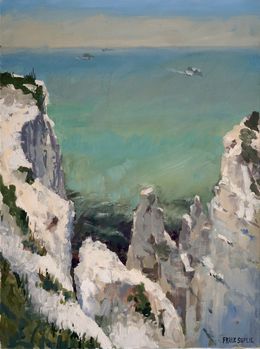
Dover, Kreidefelsen, Erosion
Frank Suplie
Painting - 80 x 60 x 4 cm Painting - 31.5 x 23.6 x 1.6 inch
$7,749

Sylt, Morsum Kliff 6
Frank Suplie
Painting - 60 x 50 x 4 cm Painting - 23.6 x 19.7 x 1.6 inch
$6,437
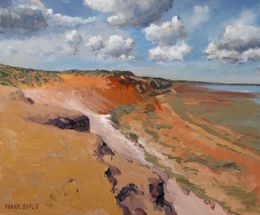
Sylt, Morsum Kliff 5
Frank Suplie
Painting - 50 x 60 x 4 cm Painting - 19.7 x 23.6 x 1.6 inch
$6,437

Leba - Polen, Sonnenuntergang im Touristenhafen
Frank Suplie
Painting - 120 x 100 x 4 cm Painting - 47.2 x 39.4 x 1.6 inch
$19,074
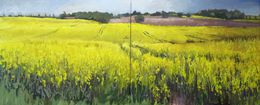
Mecklenburg Vorpommern, Rapswellen
Frank Suplie
Painting - 110 x 270 x 4 cm Painting - 43.3 x 106.3 x 1.6 inch
$23,366

Schleswig-Holstein, Raps bei Rabel
Frank Suplie
Painting - 60 x 50 x 4 cm Painting - 23.6 x 19.7 x 1.6 inch
$6,437
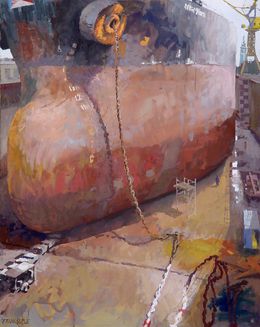
Hamburg, Blohm&Voss, Nordic Hunter im Trockendock
Frank Suplie
Painting - 100 x 80 x 4 cm Painting - 39.4 x 31.5 x 1.6 inch
$9,060

Usedom - Kaiserbäder - Bansin, Langer Berg
Frank Suplie
Painting - 80 x 60 x 4 cm Painting - 31.5 x 23.6 x 1.6 inch
$7,749
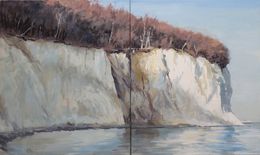
Rügen, Kreidefelsen
Frank Suplie
Painting - 50 x 120 x 4 cm Painting - 19.7 x 47.2 x 1.6 inch
$14,782

Zehdenick - Havel, Seerosen
Frank Suplie
Painting - 80 x 60 x 4 cm Painting - 31.5 x 23.6 x 1.6 inch
$7,749
Discover the styles & movements
Discover the selection of our experts
Tempera painting is a technique that uses egg yolk as a binder for pigments. It differs from other painting techniques like oil and acrylic in that it dries quickly and has a matte finish. It was commonly used in medieval and Renaissance art and is still used today by some artists.
Tempera paint is a popular choice for artists due to its vibrant colors and easy clean-up. However, it can be prone to cracking and may not adhere well to certain surfaces. Additionally, it is not as durable as other types of paint and may require multiple layers for full coverage.
Some famous examples of tempera paintings throughout history include the works of Italian Renaissance artists such as Botticelli and Raphael, as well as the Byzantine icons of the Eastern Orthodox Church. The medium was also popular in medieval Europe for illuminated manuscripts and religious art.


